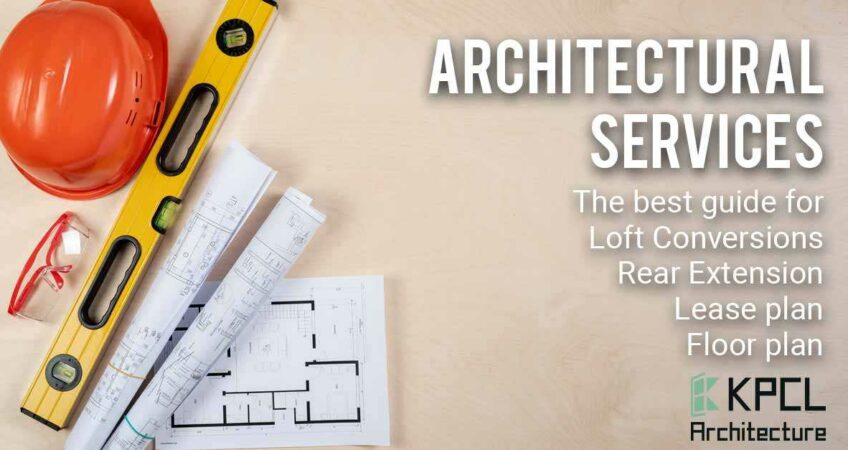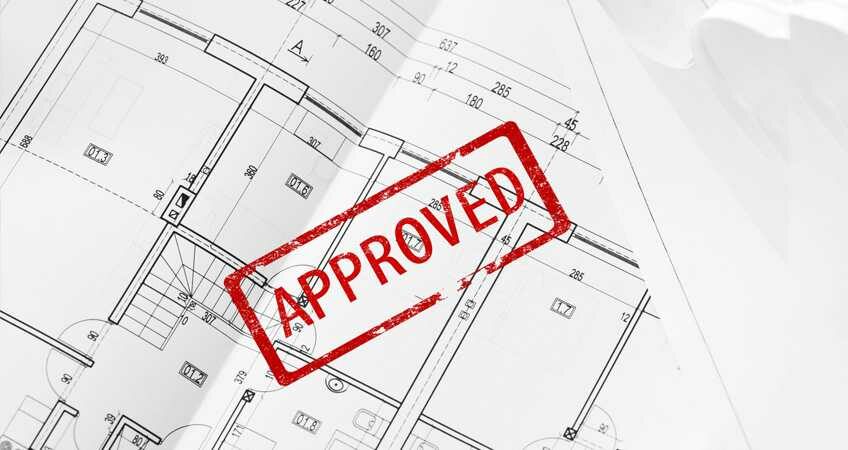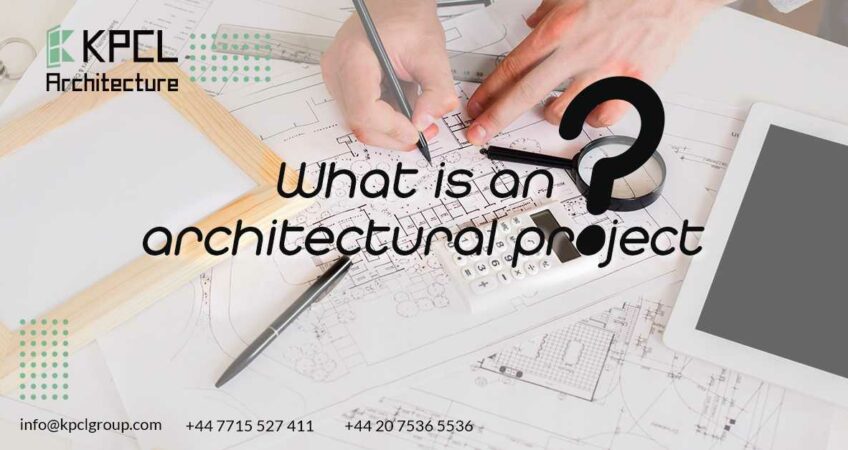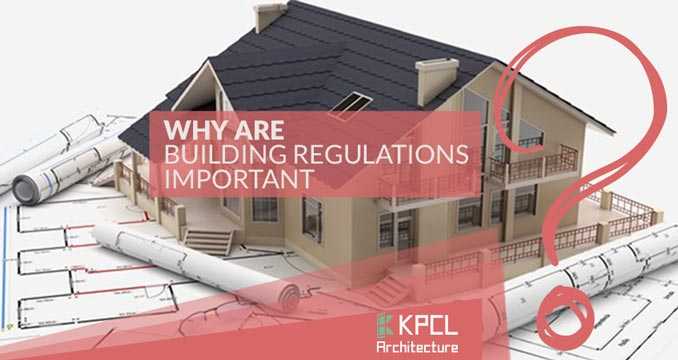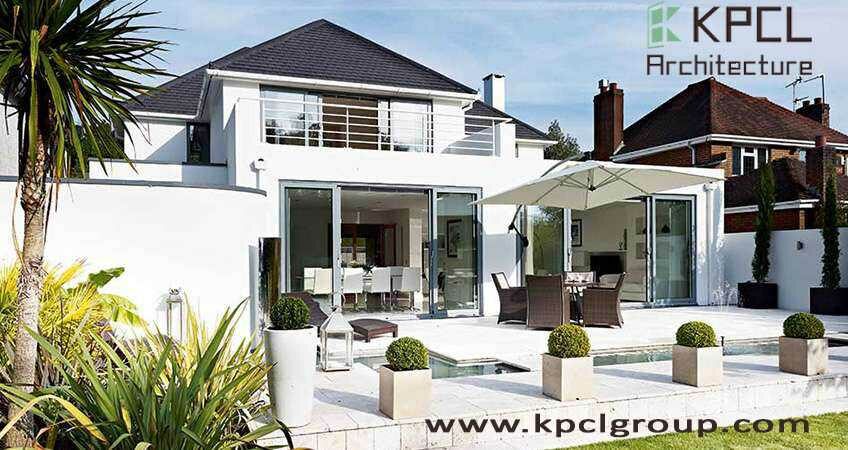Contents
Architecture Services In London
Are you looking for an Architectural company in London? Then you are exactly on the right hand. Yeah, KPCL Architecture (Keystone Properties & Consultant Limited) is a London based Planning Consultants Service Company that led by a group of expert and skilled planning consultants and engineers.
Architectural Plans For A House:
The house is, indeed, the most intimate living area that you share over many years with your most important fellow human beings — the place where happiness in the family unfolds.
By providing high-quality house designs that have already been accepted and constructed elsewhere in the UK, we will help bring your dream home a step closer. Building a home from scratch requires investment a lot of money and time –our house plans provide a solid starting point for developing your ideas. Creating your own home used to be a complicated and expensive process with our ready-made self-constructed house plans all of the hard work has been completed so you can focus on enjoying it.
Architectural Plans Types:
Architectural plan types depending on the design of the house. And architectural design for houses in London can differ from the kind of the house. England’s most common types of homes are as follows: Detached, Semi-detached, Terrace, End of terrace, Bungalow, Cottage, Flat, etc.
1# The Bungalows
The bungalow is architecturally elegant, as all the rooms required have to get placed on one floor. Therefore, the right piece of land plays a significant role. Because the higher space requirement rooms have to get accommodated on one floor-the single-storey building takes up more space than multi-storey buildings. But no matter which property you build on, that we are going to plan your house flexibly and imaginatively and create the right living model together with you.
This often leads to the question: “Can I build a bungalow with a basement? The answer would be yes! There’s plenty of extra storage in a basement. After all, your future home has to meet your daily needs.
KPCL’s professional planners will also explain to you because there are many lots of options, the issue of which roof shape and which design best suits you. You choose whether it should be the ultra-modern flat roof with plenty of design space in the floor plan-or the gabled roof up to the underside of the roof.
2# Semi-Detached House:
You want a semi-detached house to build? Then KPCL is to you the right partner. Because in the KPCL semi-detached houses, the completely contradictory qualities-together and yet privately-unite in a unique way. Building a semidetached house also provides cost savings in addition to architectural finesse. For example, when buying the property or with the ancillary costs, which can be distributed over several shoulders, depending on the constellation.
3# Detached House:
Someone deciding the future to commit to a detached house will use heart and mind at all times. Anyone facing the decision in the future to invest in a detached house will always make use of heart and soul. That’s why things like quality comfort and feature are just as crucial as atmosphere, aesthetics, and a sense of space. Only if these features are mixed, private well-being can evolve in the future. We offer you a range of building benefits to allow you to enjoy comfortable planning and construction.
4# Flat Building:
Numerous completed works prove that our innovative timbered architecture is much more than suitable for classic Flat building. Combined with outstanding interior and exterior sound insulation, reliable quality makes these buildings a remarkable attraction for demanding tenants and solvents. We meet the unique requirements for fire prevention in every way. You have free design options as the owner of the building; you specify the floorplan as well as the residential unit section. Whether as a leased apartment or with several family members for your use.
5# Terrace House:
There’s a concept that you can’t pick your neighbors. But, it’s not the case unless you are building a terrace house. Why not join forces as well as build several homes along with friends or family? Of course, the advantage is the synergy and significant time and money savings. Especially if it’s a group of people, by building a terraced house, you can save a lot of resources.
You can depend on us at KPCL to offer an individual character to each particular terraced house. For all buildings, efficiency, stability, and durability seem to be of the highest priority.
We can also contact us on email at info @ kpclgroup.com or call us on 02075365536 or 07715527411(Mon-Fri: 9:00-17:00). Or you can visit our office at 28 Vicarage Lane, Stratford, London E15 4ES.
(Our Next Post: Do I Need Planning Permission For An Extension?)
We can also visit us on:

